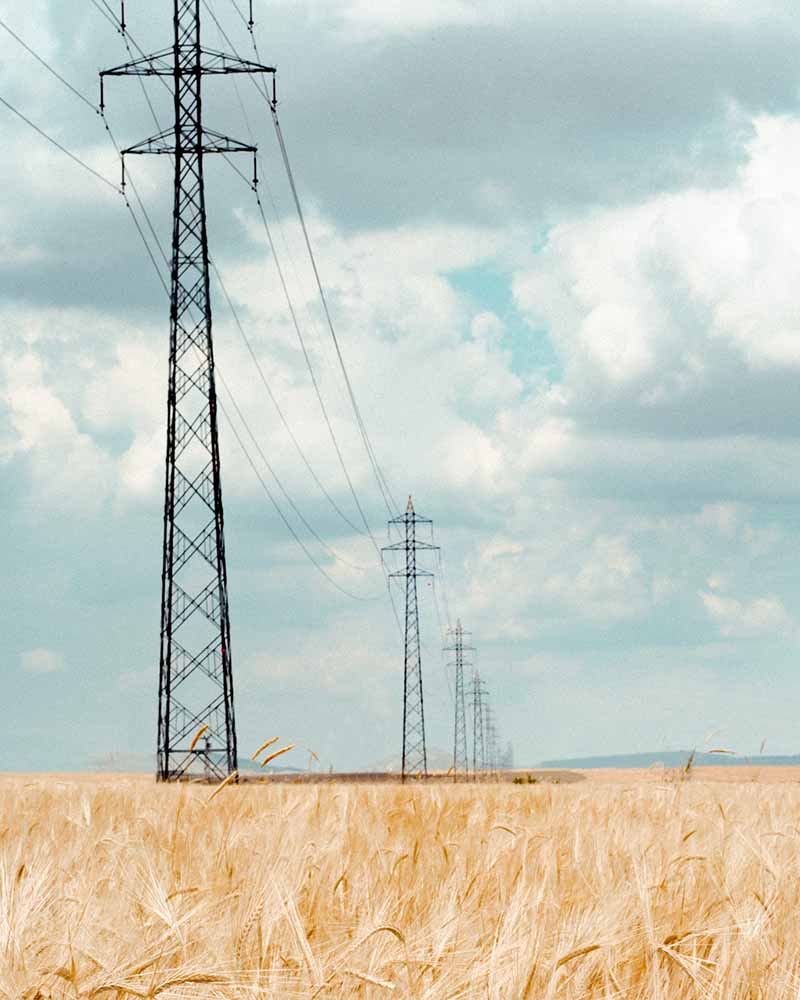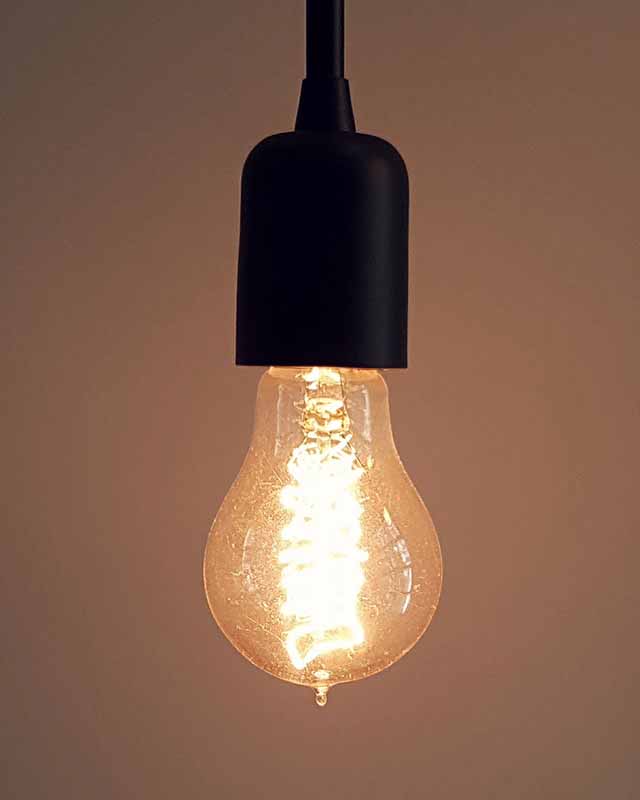Increase energy efficiency through optimized equipment design
Due to growing global demand and the international political situation, energy prices have risen sharply. In addition, the climate crisis requires the careful use of resources and the most energy-saving solutions possible.
Due to growing global demand and the international political situation, energy prices have risen sharply. In addition, the climate crisis requires the careful use of resources and the most energy-saving solutions possible.
In the case of new developments, the current state of the art is already taken into account. In contrast, existing products that have already been on the market for several months or years often show immense deficits in energy efficiency. The reasons for this are both advanced technical progress and changed priorities with regard to energy efficiency.
Such saving potentials can be fully exploited by revising the device design.
In the first step, device analyses are carried out and potential for improvement is identified. A simulation is used to classify these potentials so that the circuit components can then be optimized for power dissipation.
The following measures to increase efficiency are regularly implemented for electronic equipment:
- Designing more efficient voltage regulators
- Use of more modern field-effect transistors with lower internal resistance
- Efficiency increase through operating point adjustments of power supplies
- Implementation of (deep) sleep states in the firmware of microcontrollers
- Automated shutdown of circuit parts that are not permanently required
After the measures have been implemented, the actual state is determined again and compared with the initial situation. The result is usually a significantly lower energy requirement with the same functional scope of the device.


Example
The following fictitious scenario is intended to illustrate the potential of even the slightest efficiency optimization in circuit design.
A heating control system that is in operation 24 hours a day is considered.
If a revision of the electronics succeeds in reducing the power consumption by even 0.5 W per control, this can lead to the following energy savings:
0,5 W x 0.5 W x 24 hours x 365 days = 4380 Wh = 4,38 kWh.
If this heating control system is in operation in 5,000 households, this results in a saving of 21,900 kWh. This means that an energy-saving lamp can shine permanently for about 225 years.
Our → electronics development optimizes electronic devices according to the latest knowledge of electronics.

Baudisch Electronic GmbH
Im Gewerbegebiet 19
73116 Wäschenbeuren
